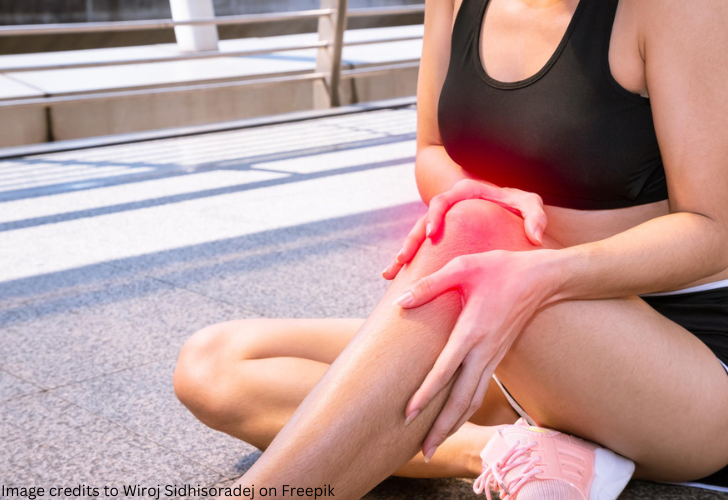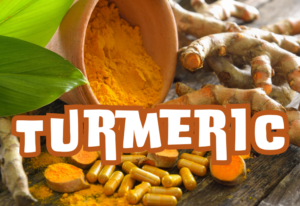
Over 6 Joint Pain Causes, Management, and Relief Strategies
Do you have joint pain as millions of other individuals do? Then you are not by alone. “Joint pain” is an unwanted guest who overstays and usually comes along with its best friend “swelling” which is equally unwelcome. Joint pain causes can differ from person to person but overall its causes it causes a crippling ailment and frustration where even the simple mundane tasks seem intense. It affects people of different ages and backgrounds. This post will examine the causes of joint pain and go over various methods for controlling and reducing it.
Joint Pain Causes
1. Arthritis
In your joints, arthritis is like an unwanted guest that stays too long. There are several conditions in this family, each with a unique method of producing discomfort and agony.
- Rheumatoid arthritis is more akin to an immune system attack gone wrong, whereas
- Osteoarthritis is similar to normal wear and tear on a beloved piece of furniture. Conversely,
- Gout makes your joints feel as though little crystals are growing inside of them.
Knowing the type of arthritis you have will help you and your physician come up with the optimal pain management strategy.
2. Injury or Overuse
Consider your joints as well-tuned devices that will alert you loud and clear if they are overused or damaged. These injuries can result from rapid twists or repetitive motions, and they can cause so much pain and inflammation that even the simplest chores become quite difficult. To prevent long-term injury, it’s critical to give your joints the relaxation and attention they require to heal correctly.
3. Age
Despicable signs of of aging: creaky joints, gray hairs, and wisdom. Our joints’ cushioning weakens with age, making us more vulnerable to pain and stiffness. Undeniably ageing is a process that we cannot stop, but there are many things you can do to maintain your health and your joints functional as the years pass.
4. Infection
Infection is not a disease that is limited to the skin & respiratory system, but can affect your joints and cause excruciating pain. For instance, septic arthritis develops when germs or bacteria infect a joint, causing swelling and inflammation. In order to stop the infection from spreading and creating more harm, it is imperative that you get treatment.
5. Autoimmune Disorders
Its always your immune system that is at work defending your body against external attack. However, there are times when it becomes overly enthusiastic and begins fighting your own body, leading to autoimmune diseases like lupus and ankylosing spondylitis.
These ailments can wreak havoc on your joints, producing pain and inflammation that can make even the most basic actions seem like mountain climbing.
6. Other Medical Conditions
Joint pain is occasionally only one part of the picture. Joints are most commonly affected by conditions like bursitis and fibromyalgia, which can cause widespread pain and suffering throughout the body. In order to identify the underlying cause of your joint pain and create a successful treatment strategy, it is imperative that you consult a doctor.
Managing Joint Pain
i) Maintain a Healthy Weight
Your joints will eventually start to creak and moan if they are overworked, much like the foundation of a house. Gaining too much weight increases the strain on your joints, especially the weight-bearing ones like your knees and hips, which almost guarantees pain and discomfort. You may lessen the strain on your joints and provide them with the support they require to operate correctly by keeping a healthy weight.
ii) Stay Active
Remaining active is one of the best things you can do for your joints, despite the fact that it may seem paradoxical. Frequent exercise promotes flexibility, strengthens the muscles surrounding your joints, and eases stiffness and pain. Walking, swimming, and cycling are examples of low-impact exercises that are easy on the joints and yet provide all the health advantages of physical activity.
iii) Use Proper Body Mechanics
Using qualified body mechanics can assist avoid accidents and breakdowns, just like driving a car. It’s critical to utilize appropriate form when lifting large objects or performing physical activities to prevent undue strain on your joints. This entails avoiding repetitive motions that may result in overuse problems and lifting with your legs rather than your back.
iv) Apply Heat or Cold Therapy
Heat and cold therapy can be a lifeline when your joints are aching to be relieved. While cold packs can lessen inflammation and numb the area, heating pads or warm towels can assist relax muscles and improve stiffness. Your joints will appreciate it whether you give them a cool ice bath or a comforting hug.
v) Consider Over-the-Counter Medications
Over-the-counter medicines can offer much-needed comfort when the pain gets too huge to handle. Acetaminophen and ibuprofen are examples of nonsteroidal anti-inflammatory medicines (NSAIDs), which can help lessen pain and inflammation and make daily tasks easier. Just remember to take these drugs as prescribed, and let your doctor know if you have any questions or concerns.
vi) Try Physical Therapy
Comparable to a customized exercise regimen for your joints is physical therapy. Through targeted exercises and stretches, a physical therapist can help strengthen your joints, increase flexibility, and lessen pain by focusing on particular muscles and motions. It’s similar to having a joint personal trainer who understands precisely what your joints require to function at their peak.
vii) Explore Alternative Therapies
Alternative therapies can provide a glimmer of hope when conventional therapy prove ineffective. Some people find that alternative therapies including acupuncture, massage therapy, and chiropractic adjustments are beneficial in treating their joint discomfort. If traditional treatments aren’t giving you the relief you need, it can be worthwhile to investigate them even if more study is needed to prove their efficacy.
Conclusion
Although joint discomfort may seem like an insurmountable challenge, you can conquer it with the correct information and resources. You can take charge of your health and lead a more active and pleasant life by comprehending the underlying causes of joint pain and putting management and relief measures into practice. Recall that assistance is accessible; you don’t have to suffer in silence. You may overcome joint discomfort and come out stronger on the other side with the help of medical specialists and a dedication to self-care.




